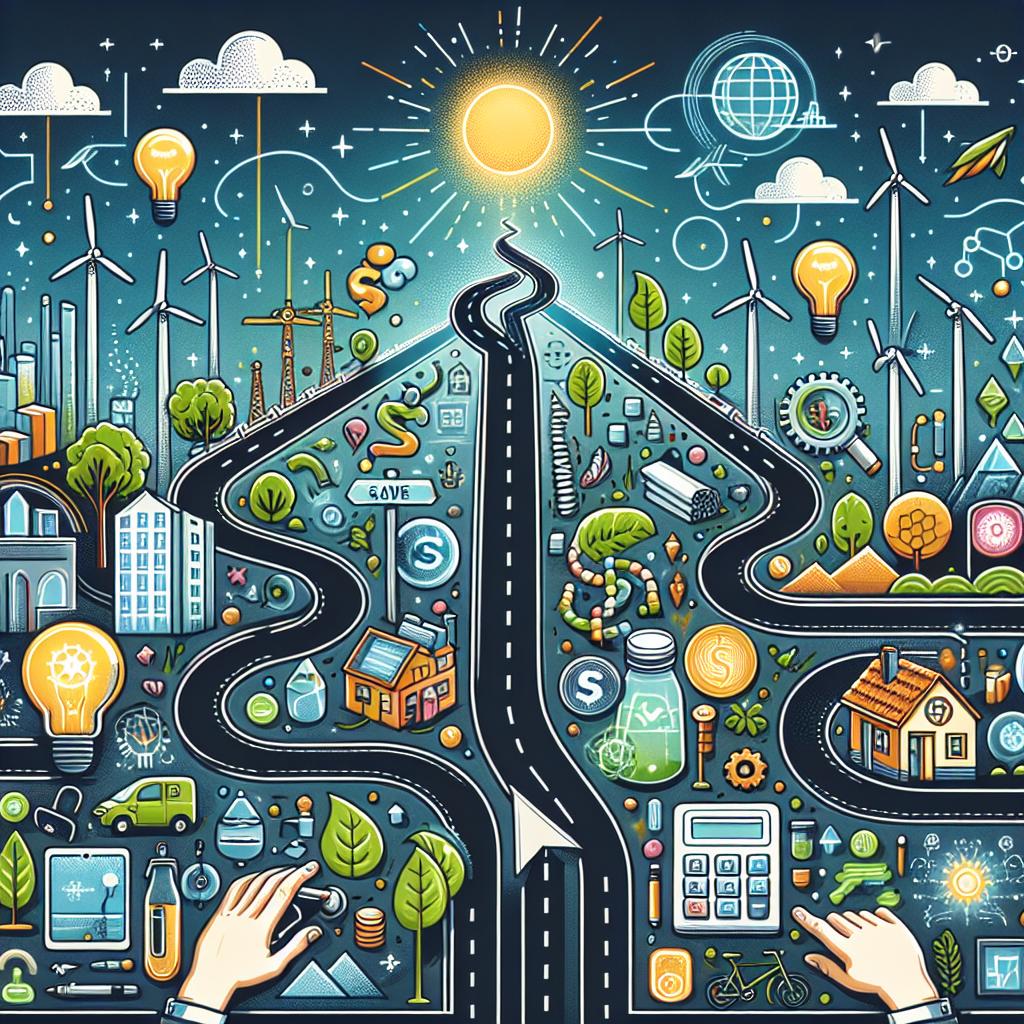When the winds start to shift and the seasons change, the comfort of our indoor spaces becomes a top priority. A well-functioning HVAC (Heating, Ventilation, and Air Conditioning) system is essential for maintaining that cozy atmosphere, but installing one can feel like navigating a labyrinth of options, costs, and technical jargon. From the size of your home to the type of system you choose, every decision can impact your wallet and your comfort levels. In this article, we will demystify the financial aspects of HVAC installation, breaking down what to expect when it comes to costs, factors that influence pricing, and tips for making informed choices. Whether you’re a seasoned homeowner or a first-time buyer, understanding the investment involved in an HVAC system can help you create an environment that is as inviting as it is comfortable.
Understanding the Factors Influencing HVAC Installation Costs
When considering HVAC installation costs, several key factors come into play that can significantly affect the overall price. System type is one of the most crucial elements; whether you choose a central air conditioning unit, a heat pump, or a ductless mini-split system can dramatically shift your budget. Additionally, system size must be properly assessed to ensure efficiency—an oversized or undersized unit can lead to increased energy expenses and reduced comfort levels. Other factors to take into account include:
- Local labor rates: Pricing can vary greatly depending on your geographical location.
- Brand and efficiency ratings: Premium brands often come with higher price tags, but may offer long-term savings through energy efficiency.
- Ductwork modifications: Homes without existing ducts may incur additional costs for installation.
In addition to these, seasonal demand can influence pricing—installing an HVAC system during peak times may result in higher labor costs. Furthermore, permit and inspection fees can add to the overall expense, as many areas require formal approval before installation. Below is a brief overview showcasing potential cost influences:
| Factor | Potential Impact on Cost |
|---|---|
| System Type | Varies based on complexity and technology |
| Size | Incorrect sizing can lead to inefficiency |
| Labor & Location | Costs fluctuate based on regional differences |
| Ductwork Need | New duct installation can significantly increase costs |

Breaking Down the Expenses: Equipment, Labor, and Additional Fees
When considering the installation of a new HVAC system, it’s essential to understand the various components that contribute to the overall cost. Equipment expenses often account for the bulk of the investment. Key items include:
- Heating and Cooling Units: The central components that regulate indoor climate.
- Ductwork: Essential for air distribution; existing ductwork may need modification or replacement.
- Thermostats and Controls: Smart or traditional options that influence energy efficiency.
In addition to equipment, labor costs play a significant role in shaping the total expenditure. Skilled technicians are responsible for the proper installation and calibration of the HVAC system. Factors affecting these labor costs include:
- Complexity of Installation: More intricate setups may require additional manpower.
- Timeframe: Longer installation periods result in increased labor expenses.
- Local Labor Rates: Regional differences can dramatically affect the total labor cost.
| Cost Component | Average Price Range |
|---|---|
| Equipment | $3,000 – $7,000 |
| Labor | $1,500 - $3,000 |
| Additional Fees | $200 - $500 |
it’s important to consider additional fees that may arise during the installation process. These can include permits, inspections, or any unforeseen adjustments that need to be made. Understanding these costs upfront can help homeowners budget accurately and avoid surprises down the line.

Navigating Energy Efficiency: Balancing Initial Investment with Long-Term Savings
Investing in an HVAC system involves careful consideration of both initial costs and potential long-term savings. While the upfront expense can be significant, factors such as energy efficiency ratings, technology advancements, and installation quality play a crucial role in your overall expenditure. Homeowners often find themselves weighing the benefits of higher-efficiency models against their budget constraints, leading to a need for informed decisions. When selecting an HVAC system, consider the following:
- Energy Efficiency Ratings – Look for SEER (Seasonal Energy Efficiency Ratio) and EER (Energy Efficiency Ratio) ratings.
- Rebates and Incentives – Many utility companies and government programs offer financial incentives for energy-efficient installations.
- Long-Term Savings – Calculate potential savings on energy bills over time to gauge return on investment.
To visualize the cost-benefit analysis of different HVAC options, refer to the table below. It summarizes initial investments versus estimated annual energy savings, providing a clearer picture of long-term implications:
| HVAC Type | Initial Cost ($) | Estimated Annual Energy Savings ($) |
|---|---|---|
| Standard AC | 3,000 | 200 |
| High-Efficiency AC | 4,500 | 400 |
| Geothermal System | 10,000 | 600 |
By weighing the costs against the benefits and taking advantage of available resources, you can make decisions that not only meet your current housing needs but also contribute to sustainable living and lower utility bills in the future.

Choosing the Right System: Tailoring HVAC Solutions to Your Homes Needs
Choosing the perfect HVAC system for your home requires a comprehensive understanding of your specific needs and circumstances. Each residence has unique characteristics, including size, layout, and location, all of which influence your heating and cooling requirements. It’s crucial to evaluate factors like insulation quality, window placement, and the local climate conditions. For instance, homes in warmer regions may benefit from a more robust cooling system, while those in chillier climates may require a reliable heating solution that also offers humidity control.
Additionally, assessing your budget and energy efficiency preferences will help narrow down your options. When selecting an HVAC system, consider the following:
- Initial installation cost
- Energy consumption rates
- Maintenance and repair costs
- Potential tax credits or rebates
To help visualize the potential investment in an HVAC system, here’s a simplified comparison of common types:
| System Type | Average Cost | Energy Efficiency |
|---|---|---|
| Central Air Conditioning | $3,000 – $7,000 | High |
| Heat Pump | $3,500 – $8,000 | Very High |
| Furnace | $2,500 - $6,000 | Moderate – High |
| Ductless Mini-Split | $2,000 - $5,000 | High |
Q&A
Q&A: How Much Does It Cost to Install an HVAC System?
Q1: What factors influence the cost of an HVAC installation?
A1: The cost of installing an HVAC system is influenced by several factors including the size of your home, the type of system you choose (central air, ductless, heat pumps, etc.), the energy efficiency rating, the complexity of the installation, and your location. Additional costs may arise from modifications to existing ductwork, installation of new ducts, or the need for electrical upgrades.
Q2: What is the average cost range for HVAC installation?
A2: On average, homeowners can expect to spend between $3,000 and $12,000 for a new HVAC system. This wide range accounts for different system types and home sizes. For instance, a basic central air conditioning system might cost around $3,500, while a high-efficiency system could easily reach or exceed $10,000.
Q3: Are there any additional costs I should be aware of?
A3: Yes, beyond the initial installation cost, you should consider potential additional expenses such as permits, inspections, or even the cost of removing an old system. Maintenance is another factor—regular servicing is crucial for keeping your HVAC running efficiently and can add to your yearly expenses.
Q4: How can I save money on HVAC installation?
A4: To save money, consider replacing your HVAC system during the off-peak season when contractors may offer discounts. Additionally, researching and comparing multiple quotes from different contractors can lead to cost-effective options. Look into energy-efficient models that may qualify for rebates from local utilities or government programs.
Q5: Is it worth investing in a high-efficiency HVAC system?
A5: Investing in a high-efficiency HVAC system can lead to significant savings on your monthly energy bills. While the initial cost may be higher, the long-term energy savings, improved comfort levels, and potential tax rebates make it a worthwhile investment for many homeowners.
Q6: What financing options are available for HVAC installation?
A6: Many HVAC contractors offer financing options, including installment plans, zero-interest loans, or leasing arrangements. Additionally, some utility companies provide rebates or financing for energy-efficient system upgrades, so it’s worth investigating what’s available in your area.
Q7: How can I ensure a smooth installation process?
A7: To ensure a smooth installation, research and hire licensed, experienced contractors with positive reviews. It’s also wise to preemptively discuss your home’s specific needs, whether it requires ductwork or any other considerations, before the installation begins. Clear communication with your contractor will help set expectations and ensure satisfaction with the outcome.
Q8: When should I consider replacing my HVAC system?
A8: If your HVAC system is over 15 years old, requires frequent repairs, or is no longer maintaining comfortable temperatures, it may be time to consider a replacement. Rising energy bills can also indicate inefficiency, making it a good opportunity to explore newer, more efficient options.
Feel free to reach out with more questions as you consider installing an HVAC system, and remember that investing in your home’s comfort is a journey worth taking!
In Summary
understanding the costs associated with installing an HVAC system is essential for both homeowners and businesses looking to create a comfortable environment. While the initial investment may seem daunting, it is crucial to view it as a long-term commitment to comfort, efficiency, and energy savings. By considering factors such as system type, installation complexity, and local labor rates, you can make an informed decision that best suits your needs and budget.
As you embark on this journey, remember that investing in a quality HVAC system not only enhances your space but can also lead to significant savings in energy bills over time. Take the time to consult with professionals, explore multiple options, and weigh the pros and cons before making your final choice. After all, a well-planned HVAC installation can transform your home and business into a sanctuary of comfort, ensuring that you breathe easy—and at a cost that fits within your means.

